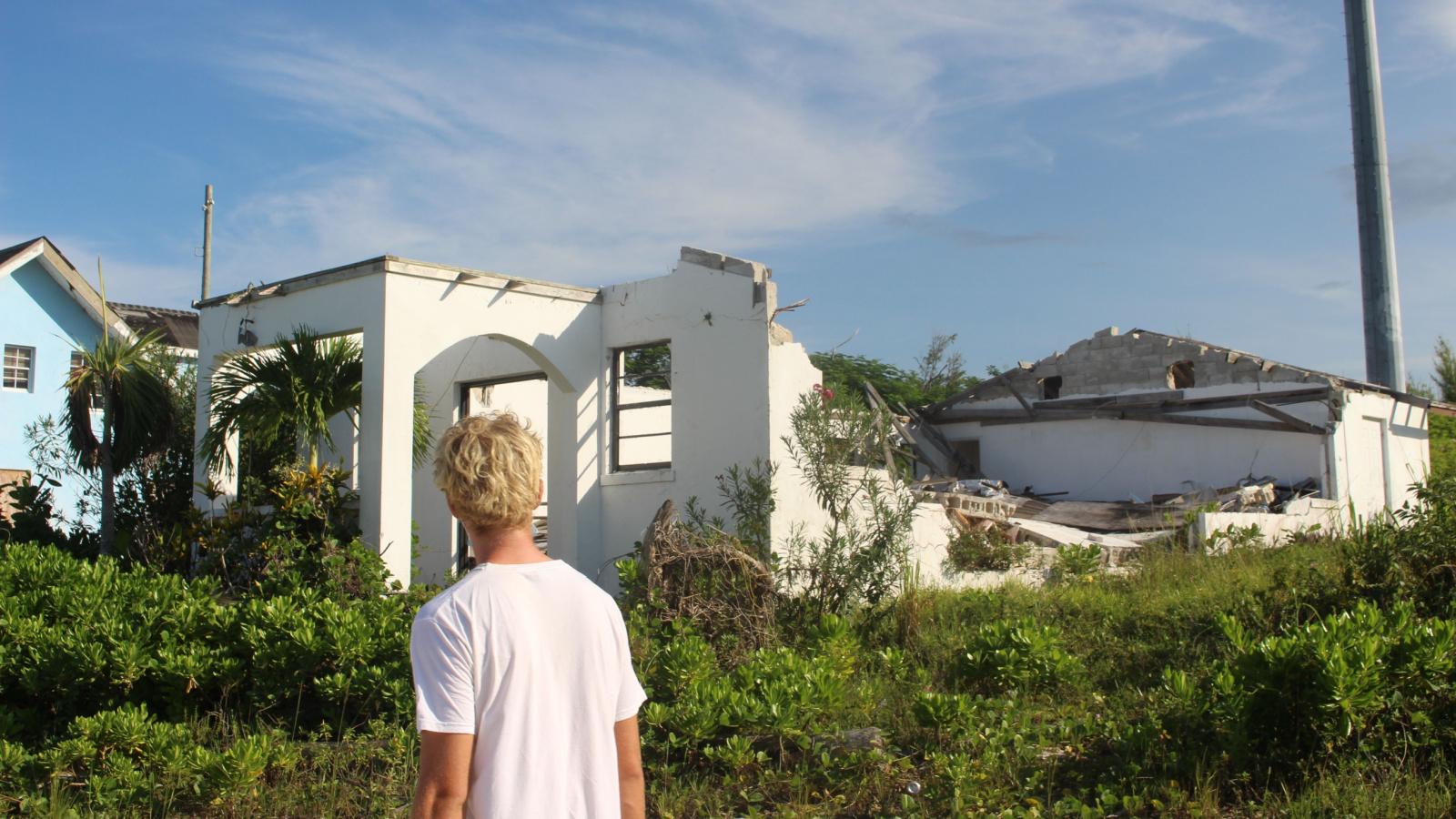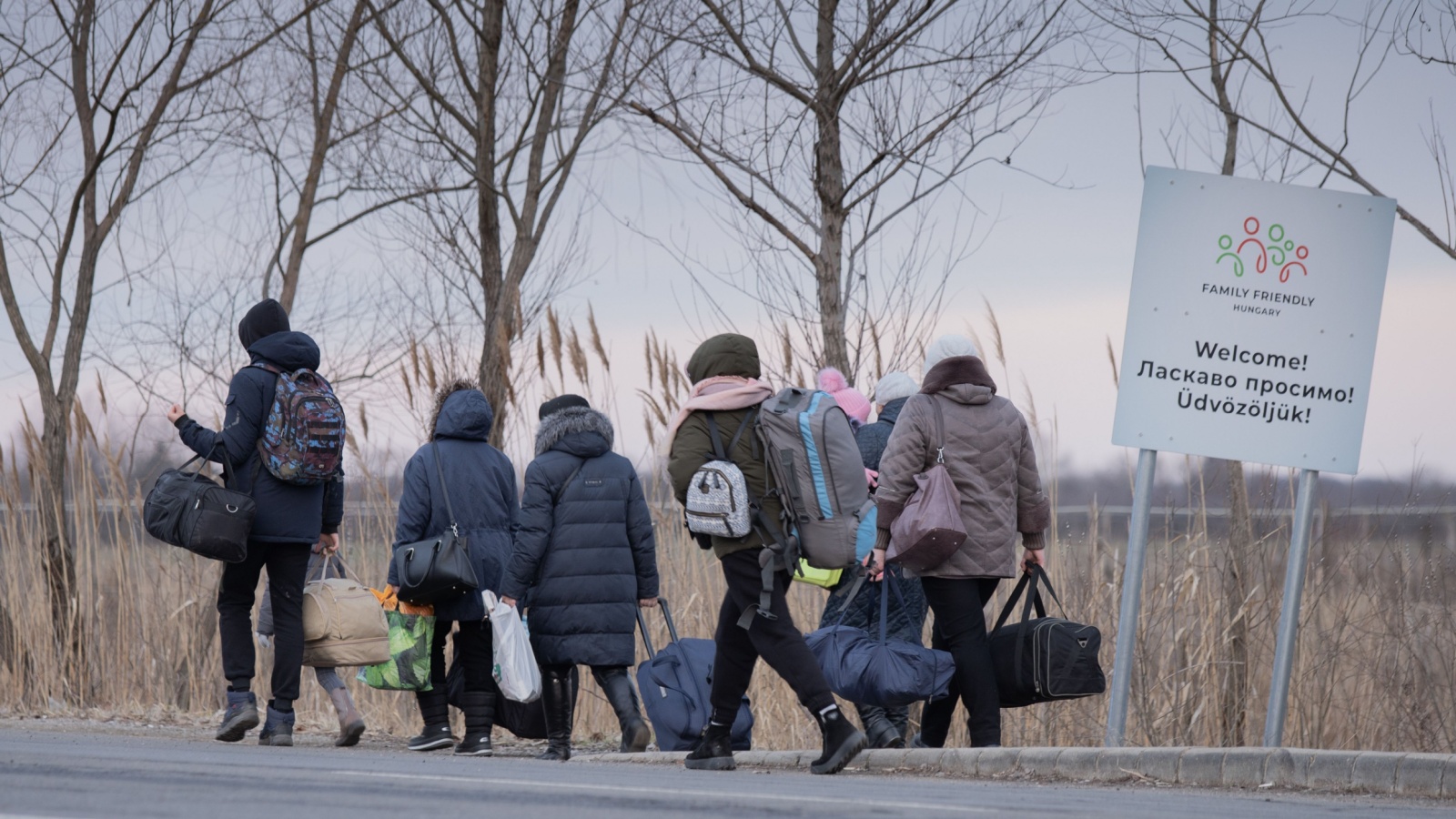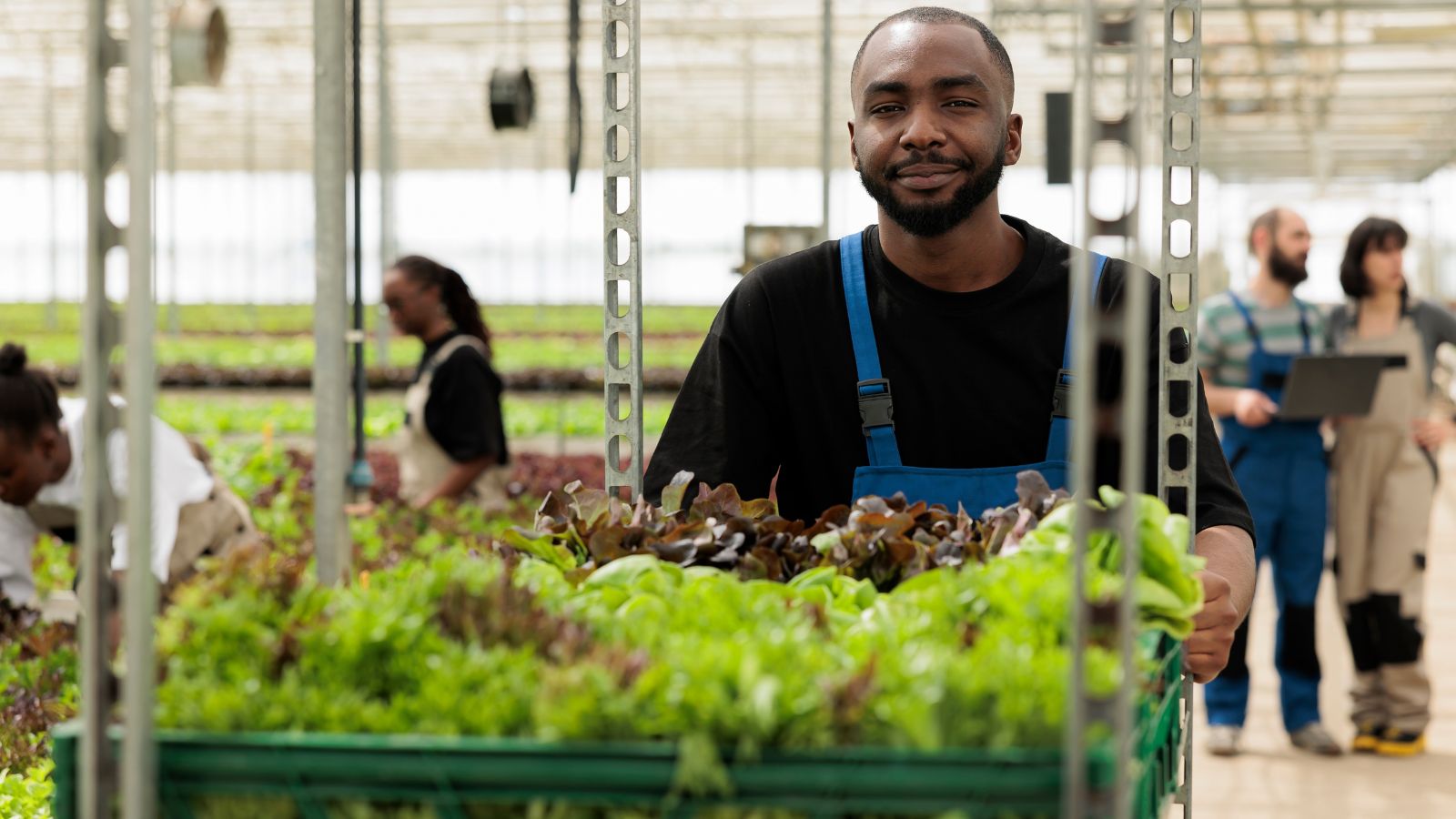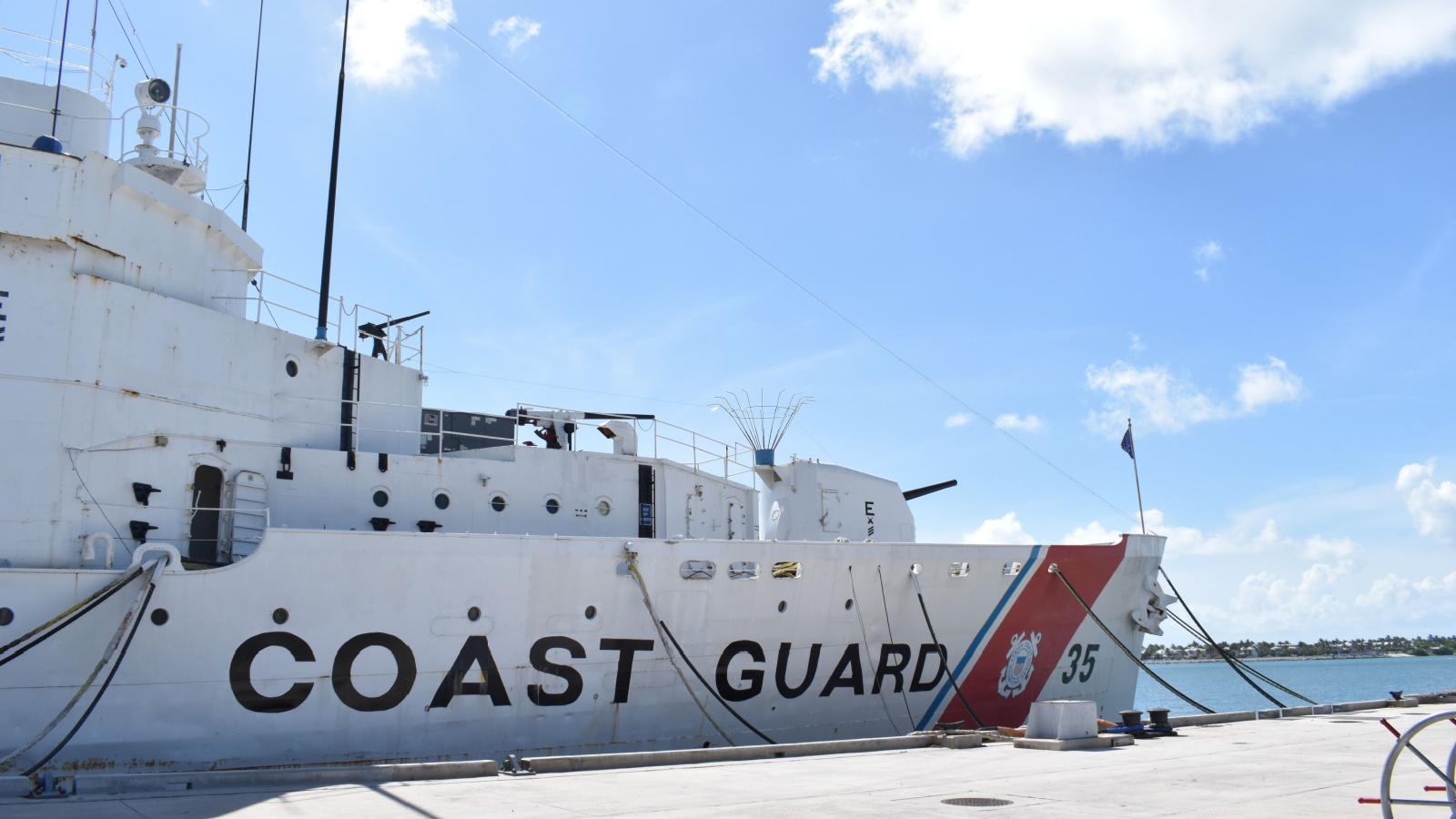There are moments in global history when problems appear bigger than resources, yet solutions come from places that operate without noise or attention. That is where a certain northern nation often steps in with calm decisions, steady leadership, and practical actions that fix urgent issues before they escalate. Canada’s contributions do not always make international headlines, but they consistently influence outcomes that matter to millions of people. Here are 21 times Canada quietly saved the day.
Stabilizing the 2008 Global Banking Panic

During the financial crisis of 2008, global banks collapsed, investment firms folded, and many countries struggled to keep their financial systems operational. A major turning point came when Canadian regulators shared their strict banking frameworks with international partners who needed guidance. These were tested systems that had already protected Canadian institutions from the worst shocks. The advice helped governments redesign capital requirements, lending safeguards, and supervisory processes at a time when immediate direction was rare. Canadian banks also provided liquidity in crucial cross-border transactions, allowing essential operations to continue. This combination of regulatory guidance and reliable financial behavior served as a stabilizing force during a period of unpredictable global risk.
Quietly Supporting Air Travel After 9/11

When airspace across the United States shut down, thousands of diverted aircraft required urgent landing zones. Airports across remote and urban regions accepted planes without hesitation, prioritizing stranded passengers from multiple countries. Local authorities coordinated lodging, transportation, medical support, and basic supplies with remarkable speed. The logistical response prevented severe congestion, panic, and potential safety concerns that could have worsened the crisis. Aviation officials also shared real-time data with American counterparts to build clearer airspace control plans. This cooperation helped restart commercial flying sooner than expected while ensuring passenger safety. The event later influenced global emergency landing standards, many of which drew from the systems used during this coordinated effort.
Leading Breakthrough Arctic Climate Research

Polar climate data is essential for predicting rising sea levels, extreme weather patterns, and long-term environmental changes. A turning point in global climate modeling occurred when Canadian research stations provided continuous, high-accuracy Arctic measurements during a period when many teams could not access remote zones due to harsh conditions. These datasets filled critical gaps for international scientists, allowing them to correct flawed projections and produce more reliable climate simulations. Multinational research groups relied heavily on this information for policy planning, disaster preparation strategies, and infrastructure adaptations. By maintaining stable research operations in regions with difficult terrain, Canadian teams ensured that the world had the evidence needed to plan for future climate conditions.
Restoring Power in Caribbean Disaster Zones

When severe hurricanes damaged electrical systems across several Caribbean nations, many communities remained without power for days. Specialized crews trained in harsh winter conditions deployed south to help rebuild transmission lines, repair substations, and restore grid stability. Their experience working in challenging climates accelerated progress in regions where local infrastructure had been severely compromised. The rapid restoration of electricity supported hospitals, communication services, and water treatment facilities that urgently needed functioning equipment. International agencies praised the technical skills and collaborative approach demonstrated throughout these missions. The assistance helped countries regain their footing more quickly and reduced long-term economic losses that often follow major natural disasters.
Delivering Lifesaving Medical Flights in Remote Regions

Large portions of the northern hemisphere contain isolated communities that lack year-round road access. Medical emergencies in those regions depend on air transport systems capable of operating during storms, low visibility, and extreme temperatures. Aviation teams developed advanced and adaptable air ambulance protocols that were later adopted by rescue groups across the world. These methods included cold-weather aircraft stabilization, mid-flight patient warming procedures, and rural landing assessments. The ability to execute missions safely in dangerous conditions allowed international partners to design similar services for their remote populations. The approach has saved countless lives globally by creating standards for reliable medical transport in areas where geography makes emergency care especially difficult.
Helping Europe Manage Refugee Surges

During major refugee influxes tied to war and political instability, several European states struggled with settlement processing, healthcare access, and long-term integration planning. Officials turned to Canadian experts who had decades of experience managing diverse migration programs. They provided guidance on screening systems, sponsorship structures, community coordination models, and language training frameworks. These recommendations shaped more efficient pathways for families fleeing crisis zones. Several European agencies credited this assistance with reducing overcrowding in temporary camps and improving support for vulnerable groups. The shared expertise also helped balance humanitarian responsibility with practical long-term planning. This influence continues to inform migration policies that prioritize both safety and stability for displaced individuals.
Backing Global Food Security During Supply Crises

Unexpected weather events, shipping bottlenecks, and regional conflicts have disrupted global food supply chains several times in recent decades. During one particularly difficult period, consistent agricultural exports from northern producers helped stabilize international grain availability. Governments managing shortages relied on predictable shipments that filled urgent gaps in their markets. Agricultural scientists also offered research support to countries working on soil recovery, drought-resistant crops, and sustainable farming techniques. These collaborations enabled partner nations to maintain food distribution systems that would have otherwise weakened under pressure. By keeping trade commitments reliable even when global logistics were unpredictable, the assistance played a crucial role in preventing severe shortages in vulnerable regions.
Preventing a Cross-Border Energy Shortage

A sudden disruption at a major power facility once threatened to create widespread shortages across neighboring regions that shared interconnected grids. Engineers and regulatory officials quickly coordinated to reroute electricity, stabilize supply lines, and distribute emergency reserves. Their rapid response allowed essential services to maintain operations without experiencing outages. Technical teams also shared repair strategies, enabling the affected facility to resume production more quickly. This cooperation prevented cascading failures that could have damaged equipment, overloaded transmission networks, and created long-term reliability concerns. The intervention not only protected residential users but also safeguarded industries that depended on uninterrupted energy access for manufacturing and public safety functions.
Assisting in the Fight Against Global Polio

The global fight against polio required extensive vaccination campaigns, cold chain technology, and community outreach strategies tailored to different regions. Public health experts contributed planning methods that helped large vaccination teams map remote settlements, monitor immunization progress, and identify areas where coverage lagged. These approaches were especially useful in countries dealing with logistical challenges or conflict-related barriers. Canadian funding also supported research on more effective vaccine delivery techniques, contributing to noticeable improvements in immunization rates. International health organizations cited the practical structure of these programs as a major factor in reducing polio cases worldwide. The assistance helped strengthen disease surveillance and supported long-term eradication goals.
Strengthening Global Cybersecurity Response Systems

Increasing cyberattacks on financial networks, healthcare systems, and public institutions required coordinated action across borders. Technical teams created shared cybersecurity frameworks that helped governments detect, isolate, and counter digital threats. These systems allowed partner nations to respond faster by exchanging critical information on malware patterns, hacking tactics, and security vulnerabilities. During a high-profile international cyber incident, this cooperation helped prevent widespread data loss and protected essential services from disruption. Cyber experts also trained agencies in building strong resilience plans and testing their defenses through simulated attack scenarios. These contributions raised global standards and encouraged countries to adopt more robust cybersecurity practices across their public and private sectors.
Supporting Peacekeeping in High-Risk Regions

Several conflict zones required international peacekeeping forces to maintain stability, protect civilians, and monitor fragile ceasefires. Personnel contributed specialized expertise in logistics, communication systems, engineering tasks, and medical support. Their experience operating in demanding climates allowed missions to remain functional even when resources were limited. Participation in training programs also improved the capabilities of partner nations preparing to join peacekeeping efforts. These contributions helped reduce violence in sensitive areas and supported political negotiations that relied on safe and stable environments. Peacekeeping commanders consistently highlighted the dependable presence and disciplined approach that Canadian personnel brought to challenging situations, strengthening the broader mission’s credibility and effectiveness.
Building Global Standards for Safe Mining Practices

Extractive industries in developing regions often struggle with safety regulations, environmental protection, and community oversight. Mining experts from Canada helped create clearer standards for responsible operations, offering guidance on ventilation systems, chemical handling, waste management, and emergency response protocols. The recommendations assisted governments in reducing workplace accidents and improving long-term environmental outcomes. Several nations incorporated these frameworks into their licensing processes, making safety compliance a key factor in approving new projects. The influence extended to training programs for miners who needed reliable practices that could lower risks. These contributions strengthened global mining operations and provided workers with safer conditions that protected both health and local ecosystems.
Shaping International Telecommunication Protocols

The rapid growth of global communication networks required updated rules for satellite coordination, spectrum allocation, and emergency broadcasting procedures. Technical specialists played an important role in shaping protocols that reduced interference, improved connectivity, and supported critical communication channels during crises. These recommendations were adopted by international regulators seeking efficient frameworks that balanced technological advancement with safe operation. The updated standards also helped emerging economies expand their communication infrastructure without encountering costly errors. By contributing research and negotiation expertise, Canadian delegates influenced systems that billions of users rely on every day. The protocols continue to guide modern telecom development and ensure that communication networks remain reliable across varied geographic regions.
Providing Key Research During Global Health Emergencies

During several major disease outbreaks, laboratories contributed essential genetic sequencing, therapeutic research, and data modeling that strengthened global health responses. Their ability to rapidly analyze emerging pathogens allowed international teams to track transmission patterns and identify high-risk regions. This information supported vaccine development, improved testing accuracy, and informed government containment strategies. Researchers also collaborated with public health officials in countries facing severe outbreaks, helping them adapt their local systems to evolving threats. These contributions played a central role in reducing uncertainty during critical stages of health emergencies. The research continues to inform global preparedness plans that rely on accurate data and timely scientific insight.
Protecting Cultural Sites in Conflict Zones

During violent conflicts, many historical sites face the risk of permanent destruction. Specialists with expertise in heritage preservation collaborated with international teams to document, stabilize, and protect important cultural locations. Their assessments provided damaged communities with plans for rebuilding museums, archives, and archaeological sites once conditions improved. In some cases, onsite teams successfully prevented further losses by helping local authorities secure vulnerable structures. These efforts protected irreplaceable cultural identity markers that would have been lost without intervention. The documentation also served as evidence for international courts investigating deliberate destruction. The preservation work underscored the importance of cultural continuity during periods of conflict and recovery.
Strengthening Ocean Rescue and Monitoring Systems

Large coastlines require advanced monitoring systems to track vessels, manage search operations, and protect marine environments. Canadian maritime agencies shared rescue protocols, navigation technologies, and environmental monitoring tools with partners who needed to upgrade their coastal safety systems. These contributions helped reduce response times during maritime emergencies and improved the ability to locate distressed ships. Several nations later credited this assistance with preventing severe accidents, especially in waters prone to dangerous weather or heavy shipping traffic. The shared expertise also supported environmental protection initiatives by improving spill detection and coastal surveillance. These advancements created safer conditions for maritime workers and strengthened global ocean management practices.
Offering Expertise During Major Power Grid Failures

When widespread blackouts affected several countries at different times, energy experts helped diagnose the causes and design restoration strategies. Their experience with cold climate infrastructure, long-distance transmission lines, and grid resilience proved valuable for nations facing system vulnerabilities. Technical teams analyzed equipment failures, load imbalances, and outdated control centers, offering practical solutions that could be implemented quickly. These recommendations helped restore electricity to millions of households across affected regions. The guidance also influenced long-term grid modernization plans, reducing the likelihood of similar failures recurring. The assistance demonstrated the importance of international cooperation in securing reliable power systems that support modern economies.
Helping Develop Advanced Clean Aviation Fuels

The aviation industry sought cleaner and more efficient fuel alternatives to reduce emissions and improve long-term sustainability. Research institutions collaborated with aerospace partners to develop advanced biofuel blends and testing systems that ensured aircraft safety. The findings contributed to global certification standards, allowing airlines to integrate cleaner fuels without compromising performance. Several countries adopted these guidelines for their aviation sectors, citing the strong technical evidence behind them. The research helped reduce barriers to alternative fuel adoption and encouraged manufacturers to invest in similar technologies. These advancements played a key role in supporting aviation climate goals and promoting a more sustainable future for air travel.
Supporting Wildlife Recovery After Global Oil Spills

Large-scale oil spills threaten marine ecosystems and coastal wildlife. Specialized rehabilitation teams from Canada supported international recovery missions by providing training, equipment, and hands-on assistance in treating affected species. Their experience caring for birds and mammals exposed to oil contaminants helped improve survival rates in damaged habitats. The teams also advised on cleaning protocols, temporary housing structures, and food supply management. These contributions strengthened the capacity of local conservation groups responding to ecological crises. The international coordination helped restore wildlife populations more effectively and reduced long-term damage to sensitive coastal areas. Many organizations later integrated these practices into their standard environmental response plans.
Aiding Countries Transitioning to Renewable Energy

Governments seeking to expand renewable energy production often struggle with technical planning, regulatory development, and grid integration. Canadian energy advisors supported several countries by offering guidance on wind mapping, hydroelectric feasibility, solar deployment strategies, and community approval processes. These recommendations helped partner nations avoid costly planning mistakes and accelerate their renewable transitions. The assistance also included training programs for engineers who needed skills to manage hybrid grids. Many countries credited this support with helping them increase clean energy capacity while maintaining grid reliability. The shared expertise influenced long-term climate planning and strengthened global efforts to reduce dependence on fossil fuels.
Interrupting a Major Illegal Wildlife Trade Network

International wildlife crime involves sophisticated trafficking operations that threaten endangered species. During a large-scale investigation, Canadian enforcement teams collaborated with authorities in several regions to track financial transactions, analyze shipping routes, and identify high-risk ports. The intelligence helped intercept multiple shipments and dismantle a network responsible for transporting protected animals and products across borders. Conservation groups noted that this action significantly reduced trafficking activity in targeted areas. The operation also improved cooperation between environmental agencies and financial crime units, setting a precedent for future investigations. The coordinated approach protected vulnerable species and strengthened the global fight against illegal wildlife trade.
21 Products Canadians Should Stockpile Before Tariffs Hit

If trade tensions escalate between Canada and the U.S., everyday essentials can suddenly disappear or skyrocket in price. Products like pantry basics and tech must-haves that depend on are deeply tied to cross-border supply chains and are likely to face various kinds of disruptions
21 Products Canadians Should Stockpile Before Tariffs Hit
